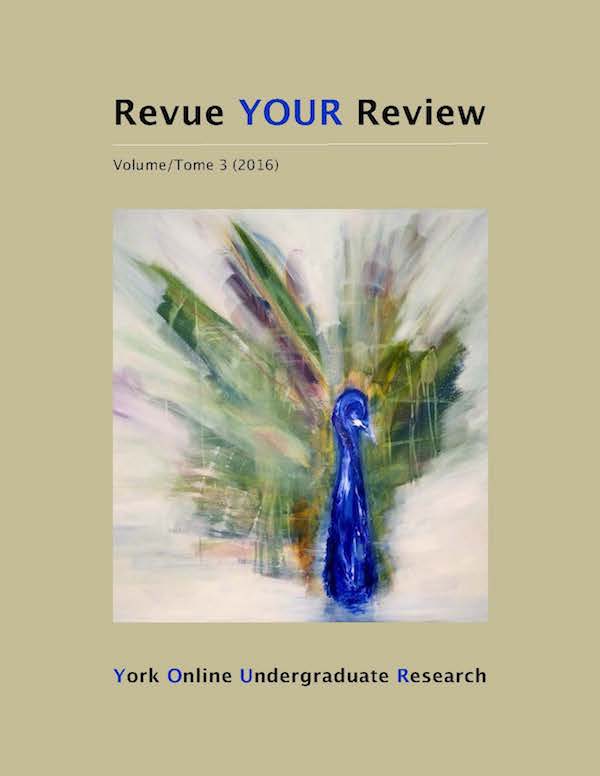The Genetic Study of Genes Regulating Larva Foraging Behaviour in Drosophila Melanogaster
Résumé
The study of animal behaviour from the perspective of genetics is essentially the study of how an organism interacts with its environment—that is, how genes interact with their environment. The task of studying behavioural genetics is difficult because most animal behavioural traits are expressed on a continuous spectrum and are polygenic. This research project uses the Drosophila melanogaster larvae foraging behaviour as a model in order to the study animal behaviour. Two genes are known to control the foraging behaviour of Drosophila melanogaster larvae: the foraging gene and the Chaser gene. The foraging gene has two forms: a “rover” allele (which causes the third instar larvae to move longer distances while foraging) and a “sitter” allele (which results in less movement during foraging). This study measures the longevity of sitter and rover flies, and found that rover flies live longer than sitter flies. The longevity patterns observed in this experiment were replicated with the use of transgenic Drosophila melanogaster containing Gal4/UAS and RNAi transgenes. The research project examines the Chaser gene, which is also able to modify the amount a larva moves during foraging. Although the location of this gene was previously mapped to the cytological region 95F7-96A1, this study proposes a modern deletion mapping to narrow the Chaser gene’s candidate region to cytological band 95f8. The study was able to narrow the region where Chaser can exist to a region containing only three genes. Further experimentation is needed to determine which of the three is the Chaser gene.Téléchargements
Comment citer
Numéro
Rubrique
Licence
Les auteurs qui contribuent à la Revue YOUR Review acceptent de publier leurs articles selon une des trois catégories de la licence 4.0 : Creative Commons Attribution 4.0 International; Creative Commons Attribution-Pas d'Utilisation Commerciale 4.0 International; ou Creative Commons Attribution-Pas de Modification 4.0 International. Tout contenu éditorial de ce site ainsi que les affiches et les résumés sont sous la licence Creative Commons Attribution-Pas de Modification 4.0 International. Pour plus d’informations, veuillez voir :
https://creativecommons.org/licenses/
Dans tous les cas, les auteurs conservent leurs droits d’auteurs et concèdent à la Revue YOUR Review le droit de première publication. Les auteurs peuvent, par la suite, conclure d’autres accords de distribution non exclusifs de la version publiée dans ce périodique (par exemple, l’afficher à un dépôt institutionnel ou le publier dans un livre ou dans un autre périodique) à condition que la reconnaissance fasse mention de la publication originale dans la Revue YOUR Review.


